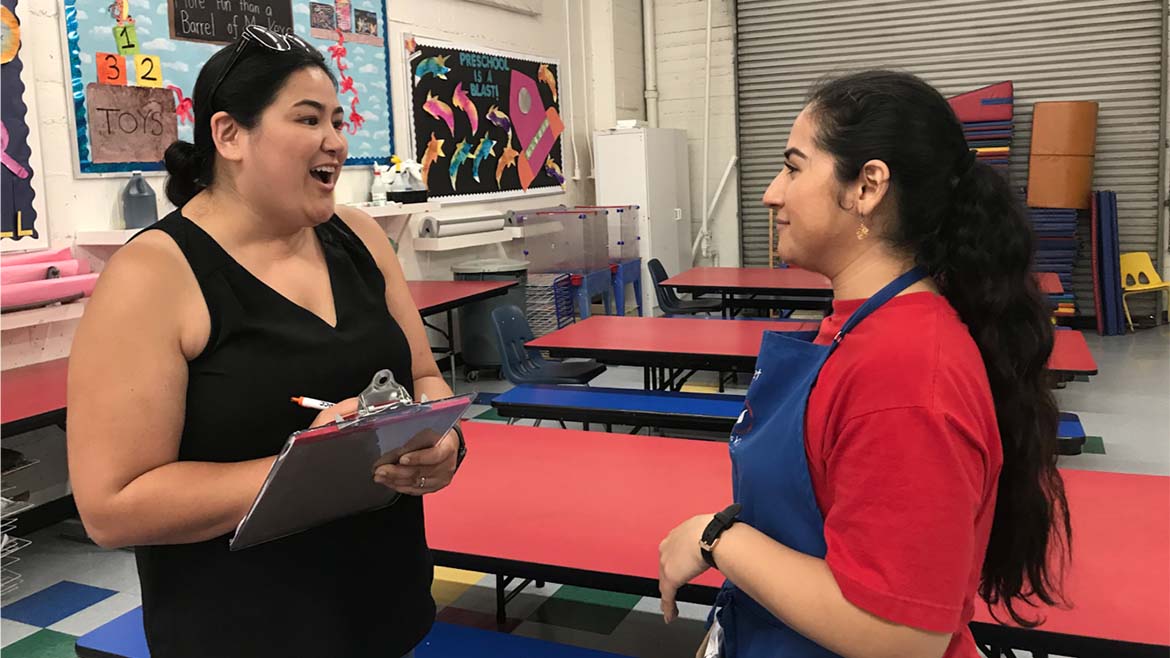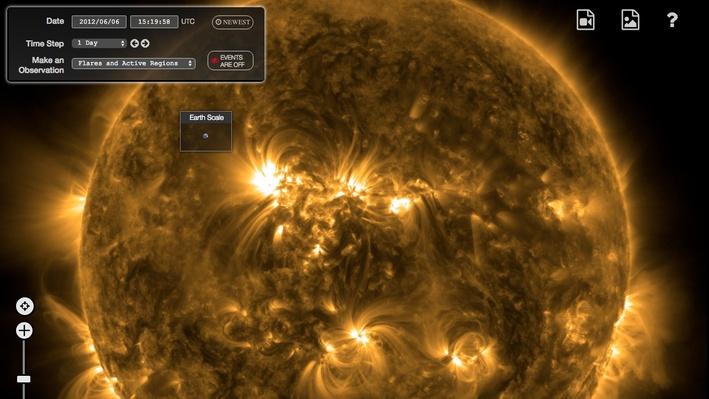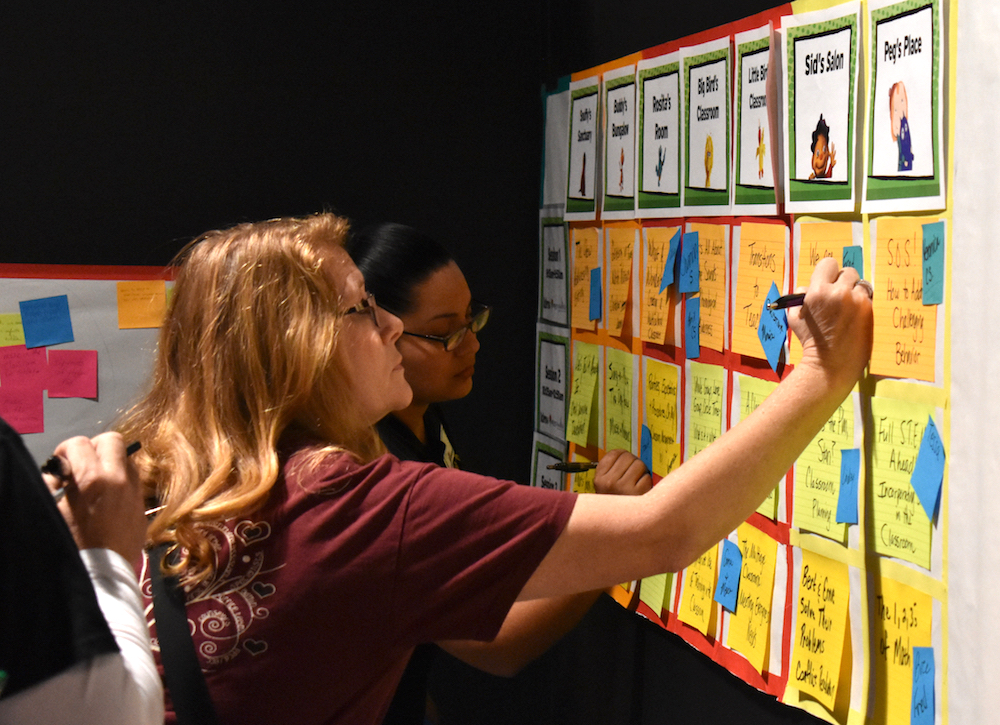Tag: Education
To redesign education coverage, start by doing your homework
How KPCC used design thinking to extend the reach and impact of its coverage of early childhood education.Work advances toward goal of education metrics database
The effort will create "a national picture of the great work that public media is doing in education,” said Georgia Public Broadcasting's ...WGBH collaboration with NASA to yield new resources for space education
Over 50 activities allow students of all ages to learn about complicated space phenomena.WGBY community texting program champions early childhood literacy
Text 413 Families brings innovative educational experiences to parents' fingertips.PBS ‘planting flag firmly’ on kindergarten readiness for all children
PBS is rolling out several initiatives and deepening collaborations with stations to help kids prepare for school.Public TV begins counting ‘invisible audiences’ for education content
Stations reach millions of people through off-air services such as parenting workshops but lack a common approach for measuring their reach and ...CPB unveils $500,000 in education engagement grants at NETA meeting
Up to 50 stations can receive grants for educational engagement initiatives “beyond existing models such as camps and workshops,” CPB said in ...In troubling times, public TV is where children, and adults, can find ‘helpers’
Public media plays a critical role in helping young children understand and cope in an increasingly difficult world.Letter to the editor: Great care went into design of ‘Flight to Freedom’
WNET responds to our recent article about a Phoenix school district ending use of the history game.Updated ‘Sesame’ curriculum includes early-learning initiatives at stations
The show's characters and lessons will be featured in programs bringing educational resources to providers and parents.Kentucky public TV station gives suspended students a turn behind the cameras
“I have done a lot of production over the years, but nothing has had the impact that this has,” said a WKU ...Launch of PBS Kids streaming channel reshapes multicast lineups
Stations must make room by dropping an existing subchannel, adjusting bandwidth or acquiring encoders to add an entirely new channel.Teachers in new ‘Science Friday’ collaboration draw from show, and give back
Six K-12 STEM educators are collaborating with the public radio program on new ways to teach science in school.PBS’s Playtime Pad fits with station work on early childhood education
The device’s spotlighting of PBS content is the most appealing aspect for education and engagement executives.PBS funds embedded teachers at public TV stations
PBS COO Jonathan Barzilay called the initiative “hugely exciting.”













